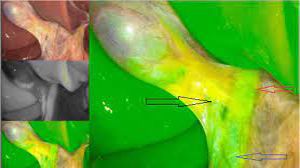Complex Laparoscopic Cholecystectomy: Mastering High-Difficulty Scenarios
Add to
Share
50 views
Report
1 week ago
Description
Laparoscopic cholecystectomy is considered the gold-standard procedure for removing the gallbladder, but when performed in high-difficulty cases, it demands exceptional surgical precision, advanced instrumentation, and extensive experience. At World Laparoscopy Hospital (WLH), surgeons are trained to handle even the most complex presentations using a structured, safe, and minimally invasive approach. High-difficulty cholecystectomy typically involves challenging anatomical situations such as severe inflammation, dense adhesions, previous abdominal surgeries, portal hypertension, or abnormal biliary anatomy. These factors significantly increase the risk of bile duct injury, bleeding, and conversion to open surgery. WLH follows a strict “Critical View of Safety” approach, ensuring every anatomical structure is fully identified before any dissection or clipping is performed. Under the guidance of internationally renowned faculties, WLH trains surgeons to apply advanced techniques including laparoscopic subtotal cholecystectomy, fundus-first dissection, near-infrared fluorescence cholangiography, and ultrasonic energy devices to minimize complications. The institute’s high-fidelity simulation labs allow trainees to practice these scenarios repeatedly before entering the operating room. World Laparoscopy Hospital’s commitment to patient safety, innovation, and continuous skill enhancement makes it a global center of excellence for managing complex gallbladder surgeries. High-difficulty cases that once required open surgery are now handled with precision, minimal pain, rapid recovery, and superior outcomes—thanks to the expertise and technology available at WLH.
Similar Videos






